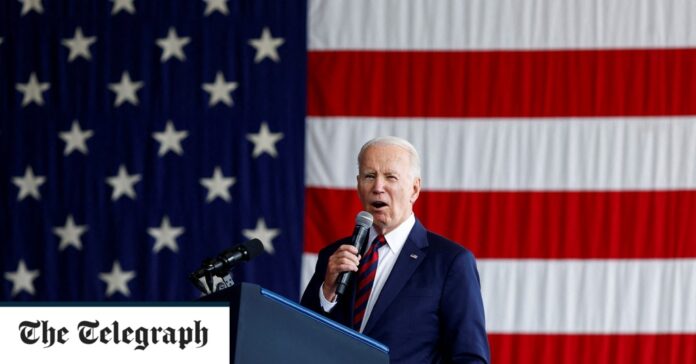Whether Washington’s resurgent spending will remake or break the US remains to be seen
The fiscal scale of Bidenomics is larger than Roosevelt’s New Deal in the 1930s by a wide margin. It is larger than Johnson’s guns and butter in the 1960s, or Reagan’s military rearmament in the 1980s. We are witnessing an extraordinary experiment in US economic policy.
The US budget deficit surpassed $1.6 trillion (£1.28 trillion) over the first 10 months of this fiscal year, far higher than forecast earlier this spring. It is running near 8pc of GDP on a quarterly basis.
The Biden administration is financing this with a high-risk expansion of federal borrowing at the top of the economic cycle, when unemployment is hovering near half-century lows at 3.8pc and the economy is operating near full capacity.
Bumper tax revenues ought to be flattering the fiscal profile at this late stage of the cycle. The latest figures are evidence of a frighteningly high structural deficit. It is fair to assume that borrowing will go through the roof in the next US recession.


